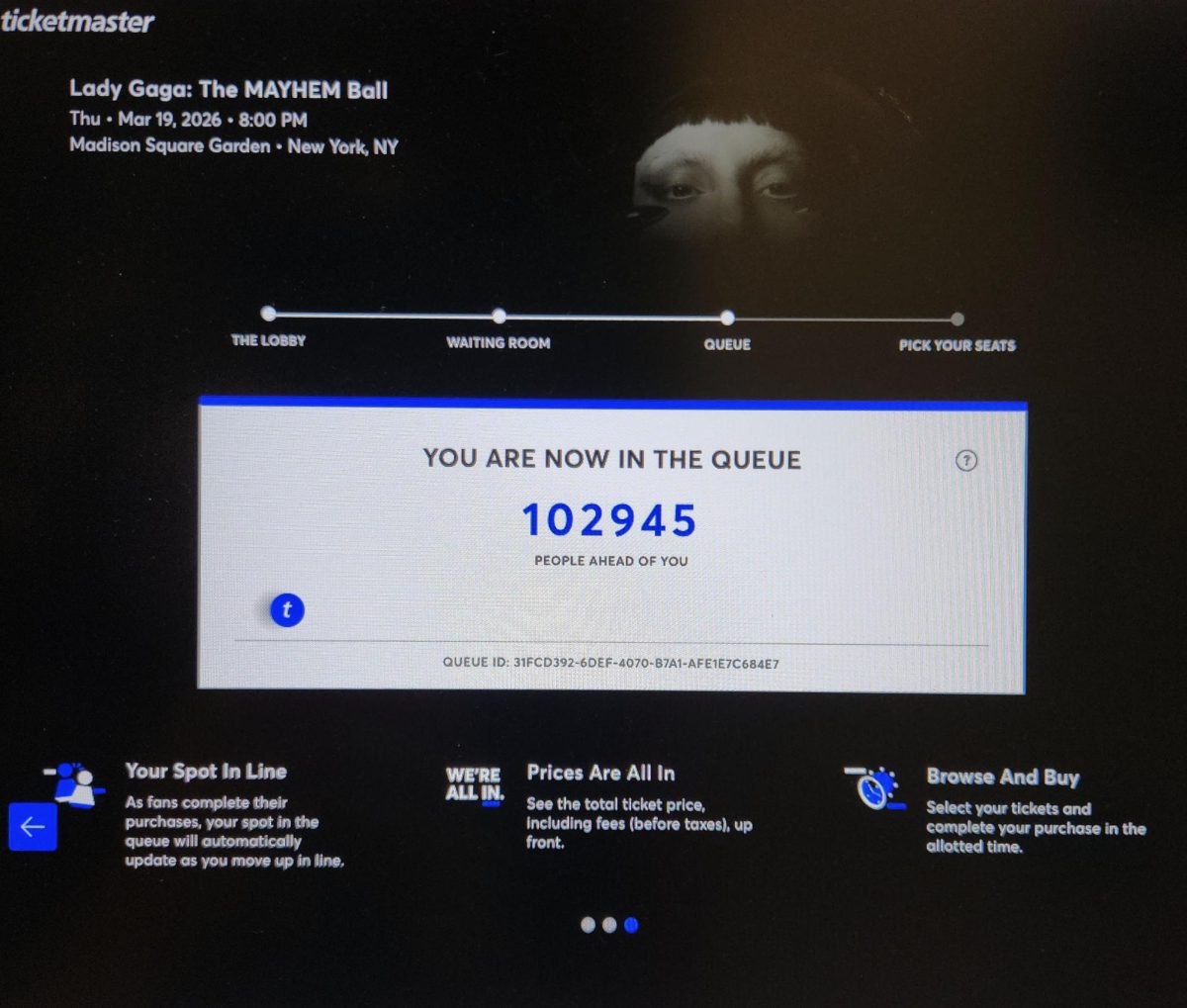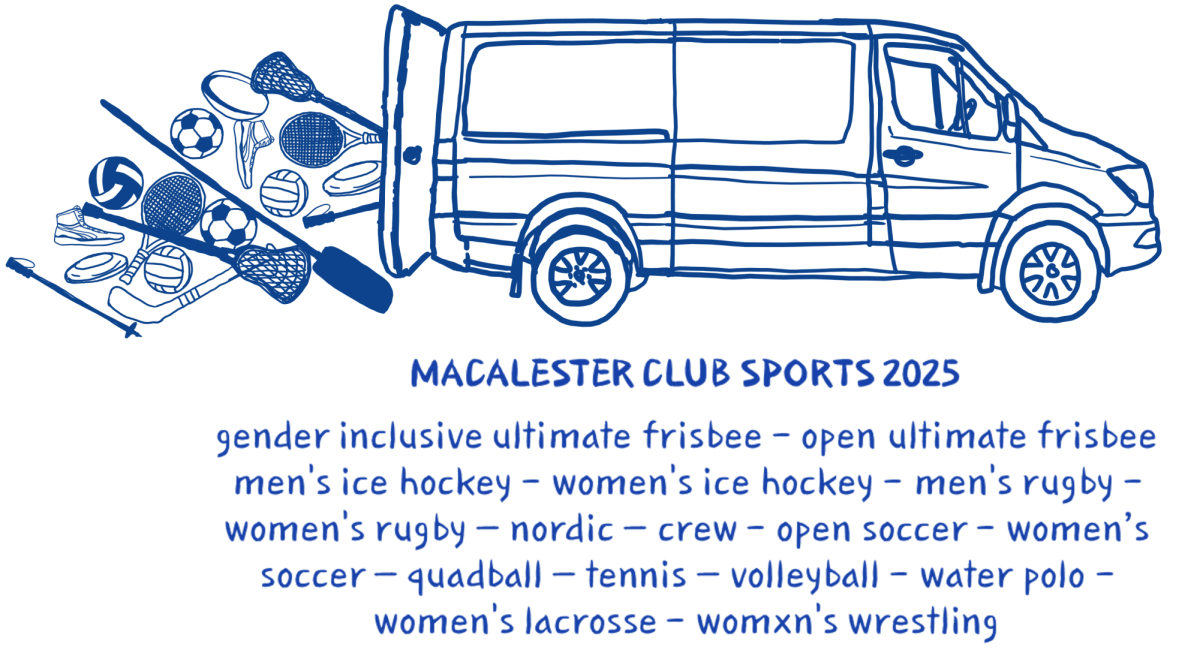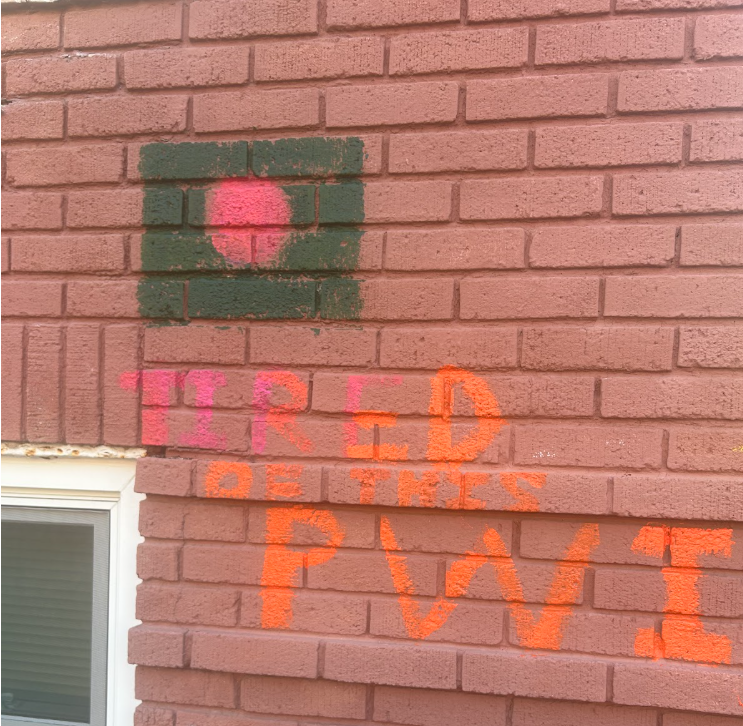
I have worked in the chocolate industry for eleven years; I am a chocolatier, but I am a very small part of the production chain that transforms cacao into chocolate. In 2017 I visited cacao plantations in Ecuador for the first time. This disconnect struck me as strange but it is a common story.
Due to high commodity prices, low worker wages and agricultural limitations, the greatest chocolate consuming nations are different than and distant from those which cultivate the sought-after crop. This commodity chain distance, coupled with a rising demand for dignified production, means the industry and the consumers (like us) that support it are increasingly reliant on media, such as photography, to relay information over great geographic and cultural barriers.
The $50 billion chocolate industry is supported by the industrial producers, craft confectioners and consumer demands of European and North American nations while farmers of the global south, predominantly Africa and South America, do the largely invisible yet critical work of cultivation, harvest and postharvest production.
The unfortunate reality is that the global cocoa industry is plagued by extreme gender inequalities, child labor, human trafficking, enslavement and an unequal market in which large companies often demand products for prices below market value and below living wages.
Although there is an increasing demand for fair trade chocolate, the industry remains 10-15 years behind coffee, the world’s top Fair Trade commodity. And, while media efforts on behalf of the industry are a valuable method of imposing accountability, they are not perfect.
Portraits of farmworkers, for example, are commonly tasked with the enormous responsibility of creating this system of global accountability. They accompany articles and advertisements telling us, the distant consumers, something about the people and conditions our food comes from. In the context of the chocolate industry, agricultural portraiture functions either to remove the moral license or validate the ethical legitimacy of producers by implying either the agony or the dignity of its subjects. 
This function of industry media has gone unquestioned for many years. Like all media, the frame of a photograph has many limitations, such as visible versus invisible conditions and physical space.
When I visited Ecuador, I stayed on farms spoke with farmers, and learned from their work; I worked to understand and verify the fair treatment of the farmworkers whose labor is invaluable to my own and to the chocolatey treats I (and many more) love. I learned how the Fortaleza del Valle cocoa cooperative ensures fair treatment and living wages for smallholder farmers, but, as I photographed, I realized the incapability of my photos alone to tell their stories.
When consumers encounter a fair trade portrait, we interpolate meaning almost instantly. We assume the legitimacy and accountability of the photographer and the story they attempt to tell, yet there is nothing inherent to the photos that testifies to this. Commercial media images often rely on passive observation and consumer preconceptions to tell their story. It is impossible, however, to capture the human experience, good or bad, in the frame of a photograph.
In the end it is the consumers that ascribe such significance to industry imageries and whose interpretations decide the ethics of a product and its purchase.
All of this is not to say that a fine, ethically produced chocolate does not exist nor to say that all photographs are deceptive in nature, but simply to recognize the limitations of industry media, to caution the passive consumer and encourage you to spend a moment with the products you pick up.
So how do you find a chocolate bar you can feel good about supporting? Read the label. Look up the company. Spending just a minute to seek out the story can tell you a lot. Ask yourself: what is their relationship to cacao origins? Can they pinpoint the country of origin? Do they work with cooperatives or a direct trade model? These are just a few indicators of an ethical supply chain.
My recommendation: For a delicious and socially responsible chocolate here in the Twin Cities check out K’ul Chocolate. They maintain direct trade relationships with farmers and pair their bars with healthy ingredients, holding themselves accountable to the well-being of producers and consumers alike.












Oliver Mackenzie • Sep 11, 2019 at 10:53 pm
Genuinely itís called Search engine optimization that when i search for this post I found this site at the top of all web pages in search engine.
Victor Bell • Sep 10, 2019 at 4:28 pm
Hello! Someone in my Facebook group shared this website with us so I came to give it a look. I’m definitely enjoying the information. I’m bookmarking and will be tweeting this to my followers! Wonderful blog and amazing style and design.
Donna Lewis • Sep 8, 2019 at 12:06 pm
Thatís really a good movie pointed out inside this paragraph regarding how to write a piece of writing, therefore i got clear idea from here.
Nicolas • Aug 12, 2019 at 6:24 pm
Thanks I needed this